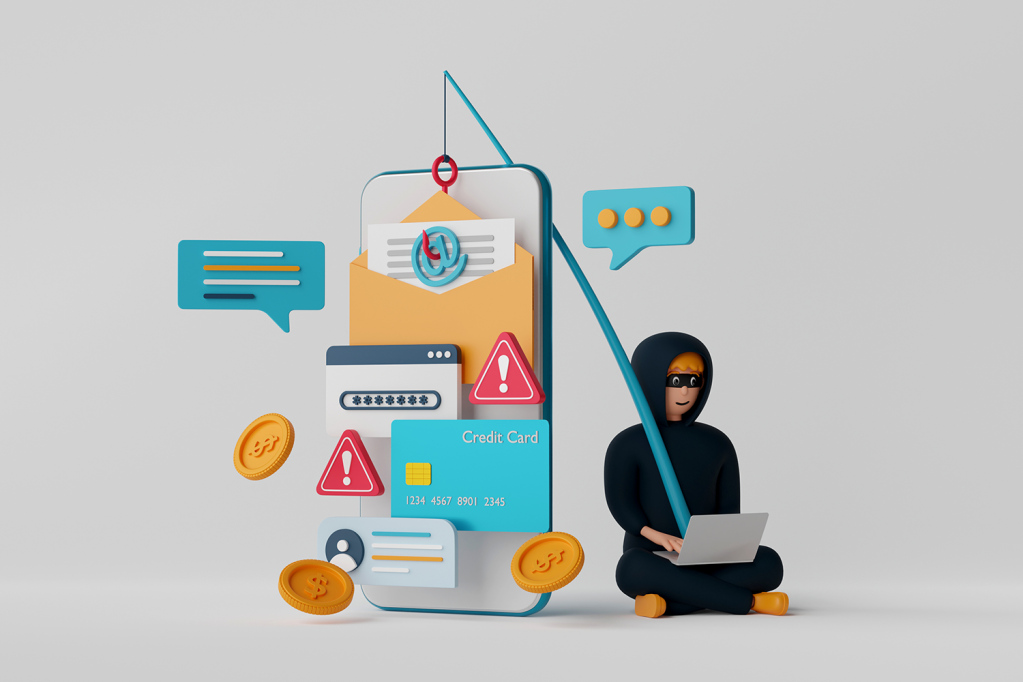
Malicious email messages are a way for scammers and criminals to steal data, infect devices with malware, steal personal and financial information and perform other malicious acts.
The best defense is knowing how to identify dangerous email. Some email threats are harder to spot than others, criminals have become more skilled at making dangerous email messages look legitimate. Here are some common signs to look for.
Email Address Errors
Check the email address on each message you receive to verify that it is legitimate. Be suspicious of any sender you don’t know but also check the address carefully even when the email seems normal or looks like it is coming from someone you know. Scammers and hackers can make the email address look legitimate, but you might notice strange characters like unnecessary commas and periods, misspellings, strange domain names, or added numbers inconspicuously hidden in the email address.
Phishing Email
Phishing emails will ask you to provide personal or private information like credit card numbers, banking details, usernames and passwords, account numbers, Social Security numbers and other confidential information. The email will often instill a sense of urgency to act, for example it may say that your financial account has been compromised and you need to provide the information requested to secure your account.
Malicious Attachments
Email attachments are a common way for criminals to infect your device with malware and steal your information. Never open an attachment you were not expecting, even if it is from someone you know. If you receive an unexpected attachment from someone you know reach out to them to find out if they sent the attachment and why.
Malicious Links
Malicious links when clicked on can direct you to dangerous websites and infect your device with malware. Never click a link you are not sure of. Dangerous links might be incomplete, direct you to a site you have never heard of or contain errors and misspellings. Hover your mouse over a link before you click on it to preview the URL.
Check for Strange Wording
Look for anything unusual in the wording of the email, does it use proper language? Check the tone, grammar, and punctuation, look for misspellings and anything else out of the ordinary.
